Somakka (Dead) By Lrs. v. K.P. Basavaraj (Dead) By Lrs
Name of the Case: Somakka (Dead) By Lrs. v. K.P. Basavaraj (Dead) By Lrs
Case Number: Civil Appeal Nos 1117 of 2009
Judges Name: Hon’ble Judges S. Abdul Nazeer J and Vikram Nath J
Order dated: 13.06.2022
Facts of the case:
- The Appellant’s father had ancestral properties and self-acquired properties. The Appellant had filed a suit in the trial court where the sole defendant was the brother of the appellant. The Appellant had prayed for partition and separate possession of ¼ share in ancestral properties and ½ share in the self-acquired property.
- The Appellant had claimed that she should be entitled to ¼ share in ancestral properties and further claimed that the property described as self-acquired was exclusively occupied by her father who had applied to the revenue authorities to be declared as an occupant and the same was pending at the time when her father died.
- The Respondent contested the suit and stated that his father had already spent a substantial amount on the marriage of the appellant and that she was given jewellery and also an additional sum for establishing a shop. The Respondent admitted that the properties were ancestral but stated that the other property was jointly cultivated by him and his father. He claimed that after the death of his father, he was exclusively cultivating the same, and upon the coming of the Mysore (Religious and Charitable) Inams Abolition Act, 1951, he became entitled to occupancy rights and accordingly applied for it, which was granted. The Trial Court decreed the suit declaring that the Appellant was entitled to ¼ share in ancestral properties and ½ share in the self-acquired property. Aggrieved by the order of the Trial Court her brother appealed before the High Court.
- The High Court upheld the ¼ share of the Appellant in the ancestral property but it agreed with the respondent’s contention that the alleged self-acquired property was jointly cultivated by the defendant and his father, and that, upon the death of his father, the defendant would get ½ share of his own and the remaining ½ share of his father would be divided between his heirs i.e. ¼ to his daughter and ¼ to his son. Aggrieved by the order of the High Court, the Appellant approached Supreme Court.
Supreme Court observed/held as follows:
- The Supreme Court observed that the judgment of the Appellate Court should include the points for determination, the decision thereon, the reasons for the decision, and where the decree is reversed or varied, the relief to which the appellant is entitled.
- To address the scope, authority, and responsibility of the First Appellate Court in considering an appeal under Section 96 CPC read with Order XLI Rule 31 CPC, the Court relied on a catena of judgments. Based on those rulings, the Court determined that the High Court made a major mistake by failing to formulate the issues for decision or take into account the information in the record, particularly that which the Trial Court had cited.
The Supreme Court, therefore, set aside the Judgement of the High Court dated 19.08.2006 and confirmed the Judgement of the Trial Court dated 02.09.2003, and thus allowed the Appeal.
Categories:

